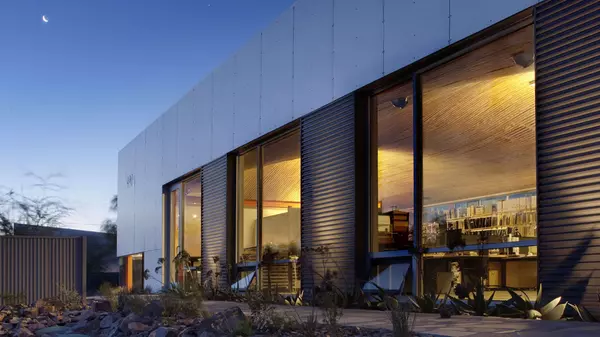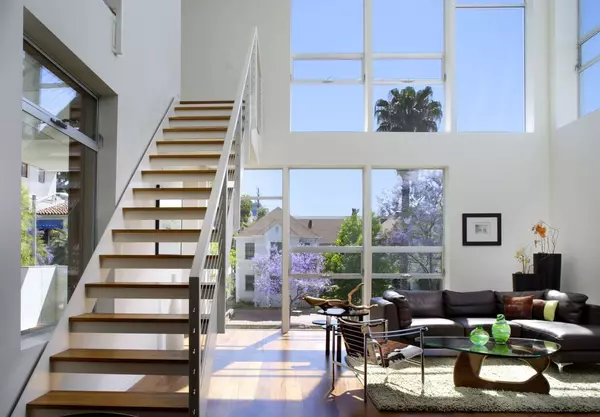New exhibit tells stories of San Diego’s lost historic Black and Latino neighborhoods
San Diegans and tourists standing on the corner of Second Avenue and Market Street may spot an inconspicuous plaque on the sidewalk commemorating the Douglas Hotel, a former establishment for Black visitors and entertainment during the first half of the 20th century.
Known as the Harlem of the West, the Douglas Hotel was complete with the Creole Palace nightclub where Black performers in the 1930s and ’40s could perform during the years of segregation. It was torn down in 1985, ultimately replaced by mixed-use development.
The history of the Douglas Hotel and the Gaslamp Quarter served as the inspiration for a new exhibition at the San Diego History Center in Balboa Park that aims to bring the forgotten stories of San Diego’s historic Black and Latino communities to a wider audience.
“It grew from that,” said Gaidi Finnie, the executive director of the San Diego African American Museum of Fine Art, which partnered with the History Center to create the exhibition that opened Thursday.

The exhibition focuses on the communities’ deep roots in various San Diego County neighborhoods — from Julian to La Jolla to Logan Heights — and how gentrification, highway development and discriminatory housing policies led to their displacement.
“As we got into the real nitty-gritty, it got to be more educational … because a lot of these things people don’t know,” Finnie said.
The exhibition, “San Diego’s Lost Neighborhoods,” uses a mix of oral history, augmented reality and archival news stories and photos to show what life was like for San Diego’s Black and Latino communities.
It highlights the vibrant and bustling Imperial Avenue in the years following World War II and the contributions of Black miners in Julian, including Frederick Coleman, a rancher and miner who discovered gold in Julian in the late 1860s.
The exhibition also educates visitors on the policies that shaped — and threatened — neighborhoods. Residents faced challenges with discriminatory housing policies such as redlining and restrictive covenants that prevented Black families from living in White neighborhoods. And as the years went on, gentrification and development fragmented their own neighborhoods.
A large section of the exhibition focuses on residents in southeastern San Diego and their fight against the development of state Route 252 in the 1970s and 80s. Caltrans proposed the highway through the predominantly Black and brown neighborhood, but residents were successful in pushing off the freeway’s construction.
A centerpiece of the exhibition is the story of the former Martin Luther King Jr. Way. The San Diego City Council voted in 1986 to change the name of Market Street to Martin Luther King Jr. Way to honor the civil rights leader nearly 20 years after he was assassinated.
But a year later, the decision was recalled when voters passed a proposition calling for the name Market Street to be reinstated.
“Everyone thought it would be permanent, but it was not,” said Michel Anderson, a San Diego Parks Foundation board member who spoke to an audience at the exhibition’s opening reception on Thursday.

Anderson also co-chaired a committee in 1987 to preserve the street name as Martin Luther King Jr. Way.
The “Lost Neighborhoods” exhibition took about two and half years to curate, Finnie said. UC San Diego students helped research the material and residents living in San Diego today provided interviews for oral testimonies of the historical events.
Finnie says that Black and brown communities in San Diego are still trying to rebuild to what they once were. He hopes that the exhibition will serve as a sign of the neighborhoods’ resilience and the impact they’ve had on San Diego.
“You cannot erase the resilience. You cannot erase the memory,” Finnie said at the exhibition opening. “You cannot erase the people who refuse to be forgotten.”
Categories
Recent Posts










GET MORE INFORMATION


